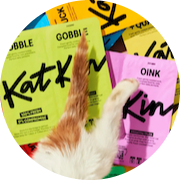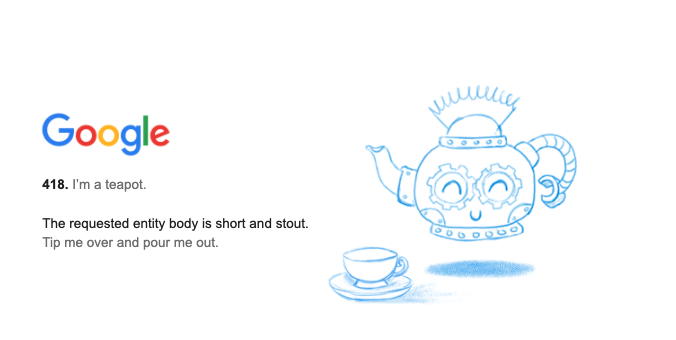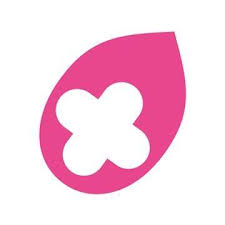Your guide to HTTP Status Codes
HTTP status codes are important signals that we can interpret to better understand how the website or server is communicating to Google. You will see these codes in Google Search Console and on reports from independent spidering of a website. In our free guide, we will share the important codes you need ot understand.
What is an HTTP Status code?
HTTP codes simply refer to web connections as opposed to email or FTP connections which aren’t a concern for us.
There are five categories of HTTP status code, numbered 1 to 5. They broadly mean:
- 1xx informational response – These codes are the server saying, “I’ve got it the information, hang on while I process it.”
- 2xx successful – the request was successfully received, understood, and accepted.
- 3xx redirection– further action needs to be taken in order to complete the request.
- 4xx client error – the request contains bad syntax or cannot be fulfilled.
- 5xx server error – the server failed to fulfil an apparently valid request.
For SEO we are most focused on error codes 3, 4 & 5. 1 and 2 are more positive codes which aren’t impacting potential site optimisation so we don’t need to focus on these so much.
In this article we focus mostly on those HTTP status codes that concern SEO .
3 xxx Redirect
A redirect informs the browser to load a new page instead of the current page. For example, if you have rename a page from 1 to 2, adding a code into the page will tell Google to go straight to the new page and not the old one. Without this code, Google may see a 404 code which means there is a broken page.
We are concerned with 301 and 302 codes.
301 – Permanent Redirect. These codes tell Google that the page has changed and will always now redirect to the new page. These are preferable for long term optimisation because they will pass the ‘Google Juice’ or link equity to the new page.
302 – Temporary Redirect – these changes are not permanent. It may be you need to redirect traffic to another page for a seasonal message, or when you are making changes to the existing page. These aren’t so good for SEO because they are not passing across the link equity to the new page. You may see this occasionally as a 307 redirect, which is slightly different.
4 xxx Client Errors
In technical terms, a client is the website in question, not the person signing off our proposals! Lot’s of 4 xxx errors will indicate problems with the site which need to be addressed for better organic search optimisation and consumer experience.
There are currently 29 different 4 xxx codes, but we only need to worry about 4 or 5.
400 – Bad Request. Computer says no. The client won’t do what has been asked for one of many reasons ranging from the size too large or a bad coded request.
401 – Unauthorised. When authentication (e.g server credentials) are required but not given. This is a dead end until the right credentials are offered.
403 – Forbidden. Like the 401, this is where the computer understands the request but will not respond because it cannot, or the right code has not been given.
404 – Not Found. This is the most comment of all the 4 xxx errors. Put simply, the page isn’t there. ‘Not Found’ does not always mean the page no longer exists (e.g. if you deleted a page but didn’t redirect it.) It can also indicate a page that Google thinks exists but it doesn’t. For example, if we created a link from this article but misspelt the page name, Google would flag this as a 404. Why? Because we have told Google there is a page called xx but Google can’t see it. The fix for a 404 error is not always about redirecting an old page.
429 – Too Many Requests. You may see this when running an independent spider of a website. This is the server trying to block your requests because your tool is hitting the site too frequently or taking too much server resource.
5xx Server Errors
These errors are the server telling you it is struggling. These codes are a mix of internal errors or the service you are accessing is unavailable.
500 – Internal Server Error. It’s a generic error message when there isn’t more specific information to offer.
502 – Bad Gateway. This means the server is having trouble connecting to where it needs to go next. This could mean there is a problem with another service or server connected to the request you have asked. You’ll need to call the techies if this is an issue.
503 – Service Unavailable. You will often see this one if you try index a big site. Like the 429 error, this could be a temporary limit on your activity, so try again later.
504 – Gateway Timeout. It took long for a response to come back from the page you are trying to index. This could be a temporary issue, or signs of a more fundamental problem with server structure or page loading times.
Why HTTP Status Codes Matter
For SEO these status codes help you understand how Google is interpreting your website. Whilst 301, 302 and 404 codes will be the most frequent considerations, it is crucial that all the codes are evaluated for potential optimisation barriers. As an SEO Consultancy it is our job to identify and interpret these signals evaluating which issues need to be addressed as part of the overall SEO strategy.
I am a Tea Pot!
There is one final code we need to share with you. We don’t expect it will appear in any of your crawls because it is a teapot! This was a techie April Fool’s Joke back in 1998 back when the odd coffee machine was connected to the Internet (a long time before the Internet of Things!)

Significant Growth
“Escaping Gravity built and executed our SEO strategy from nothing to achieving significant growth in traffic and sales, unlocking Organic Search as an acquisition channel.
It was a pleasure to work with such an expert and client-caring team..”


“Escaping Gravity delivered an SEO strategy that almost immediately showed strong results. From a start in the late summer of 2020, the team implemented an innovative strategy that exceeded all targets and expectations. Organic Search has now become our strongest channel for new customer acquisition, our single most important metric.”
Head of Acquisition at Monica Vinader Ltd.
Our Approach to SEO
Each SEO project we undertake is clearly defined, transparent and ‘white hat’. Our goal is to inform and empower you to understand the full potential of SEO as part of your marketing strategy. Talk to us and find out more.
Working with Inspirational Brands
We are proud to be working with these inspirations brands, and more.






